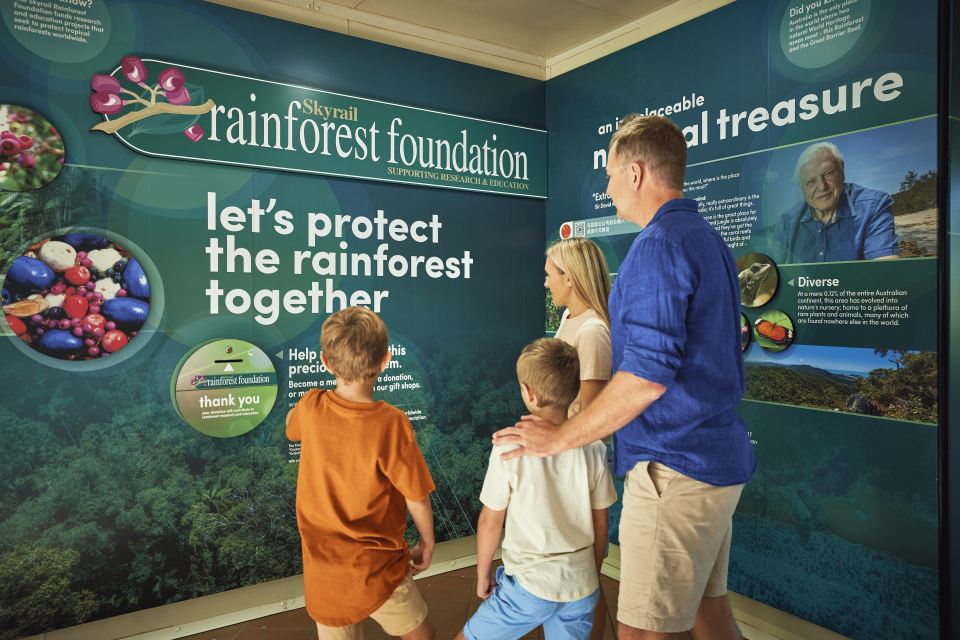Australia’s Wet Tropics Rainforest are an exceptional, natural environment. To protect these rainforests and ensure they are preserved for future generations, they were placed on the World Heritage list in 1988.
The Wet Tropics World Heritage Area has worldwide recognition for its spectacular scenery, rugged topography with fast-flowing rivers etched with deep gorges and cascading waterfalls, and panoramas of undisturbed rainforest as far as the eye can see. Stretching from Cooktown to Townsville in Tropical North Queensland, this area is a living museum of ancient plant and animal species found nowhere else in the world. Wet Tropics World Heritage Area forests are home to many rare and endangered animal species, some that have changed very little since prehistoric times.
Skyrail is proud to be able to showcase this fascinating area to our guests.


